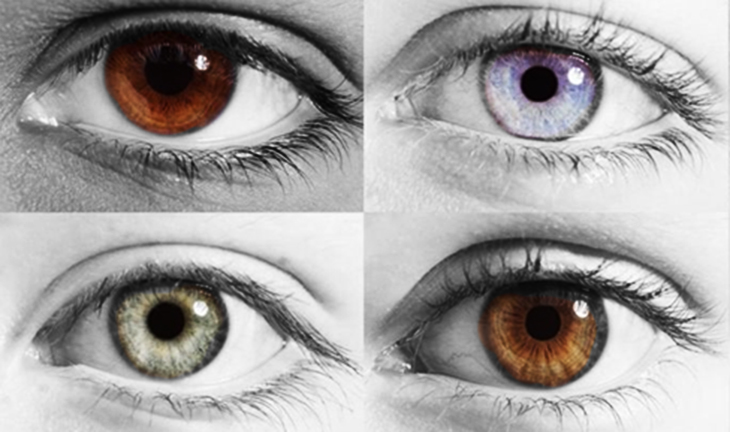
Eye defects are some of the most common challenges in Medicine. Although progress has been made over the years in eye health and medicine, some eye defects remain without cure and are most often managed for life. The challenge lies in the fact that the eye is one of, if not the most, delicate organ in the human body making it difficult for professionals to research it. Despite this setback, scientists and eye doctors have made commendable progress and as a result, many eye defects can be corrected using corrective lenses or surgery.
Some these eye defects and their corrections include:
1. Myopia
This is by far the most common eye defect in the world. Myopia or near-sightedness is a condition that causes light rays to focus in front of the retina instead of on the retina. This results in near-sighted people to see close objects clearly while far objects appear blurry. People with myopia have long eyeballs. There are prescription glasses as well as contact lenses to help people with myopia. These concave glasses make light rays to focus on the retina, thereby resulting in a sharper, clearer vision. The eye defect can also be treated with LASIK eye surgery.
2. Hypermetropia
You can think of this as the opposite of myopia. In people with hypermetropia or farsightedness, light rays focus just behind the retina causing close objects to appear blurry and far objects to appear clearer. Unlike in myopia, the eyeballs are too short in hypermetropia therefore they require convex prescription glasses which causes light rays to focus on the retina. Contact lenses can also be used. Hypermetropia is slightly less common than myopia.
3. Strabismus or Squint
Mostly occurring in young children, this eye defect occurs when the two eyes do not look in the same direction at the same time. More often than not, squint is caused by muscle dysfunction. But in rare cases, it may be caused by other eye problems such as myopia, hypermetropia and astigmatism. In many cases, people with squint often have double vision and reading difficulties. Squint eye treatment involves glasses and surgery to make the muscles of the affected eye(s) stronger. The glasses contain prisms which can help correct mild to moderate double vision in adults.
4. Astigmatism
Some eye problems are associated with the transparent front surface of the eye called the cornea. The cornea covers both the iris and the pupil. The cornea plays a major role in refracting light that passes through the eye. In astigmatism, the cornea has an abnormal shape. Instead of a symmetrically round shape, the cornea takes a more asymmetrically oval shape- like an egg. This causes distorted and blurry vision. Astigmatism can be treated using corrective lenses.
The key to treating these eye defects is early diagnosis. For this reason, doctors advise visiting an eye clinic when there is a slight change from your normal vision. Guy’s and St Thomas’ Private Healthcare offers some of the best ophthalmology services in the UK. Schedule an eye exam at least once a year to ensure good eye health.


